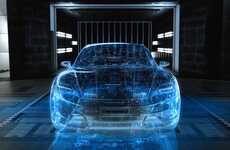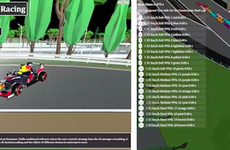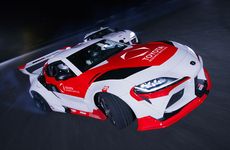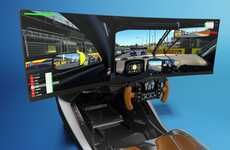
Mclaren Betters Its Formula 1 Performance Via Digital Twins
References: mclaren & hannovermesse.de
McLaren uses virtually representational race car technology to support its drivers on race day. The Formula 1 British racing cars have a built-in artificial intelligence unit that sends massive amounts of sensor-collected data directly to McLaren's mainframe computer. This allows for better visualization in real time,a safer experience for drivers, as well as the ability to identify mechanical problems faster and with greater accuracy.
The race car technology creates a digital twin of the vehicle that "runs the racecourse virtually." Among the mechanical and vehicle-specific information, the computer collects other sensory data such as weather, temperature and soil conditions. By taking all of those factors and the way they interact with one another into consideration, McLaren is able to create a better and safer experience for its drivers and race cars.
The race car technology creates a digital twin of the vehicle that "runs the racecourse virtually." Among the mechanical and vehicle-specific information, the computer collects other sensory data such as weather, temperature and soil conditions. By taking all of those factors and the way they interact with one another into consideration, McLaren is able to create a better and safer experience for its drivers and race cars.
Trend Themes
1. Virtual Race Car Technology - Using virtually representational race car technology to support better visualization in real time, safer experience for drivers, as well as the ability to identify mechanical problems faster and with greater accuracy.
2. AI-driven Performance Optimization - Using artificial intelligence units built into race cars to send massive amounts of sensor-collected data and optimize performance in real time.
3. Data-driven Predictive Maintenance - Taking all sensory data into consideration to predict mechanical issues before they occur and offer predictive maintenance to race cars.
Industry Implications
1. Automotive Industry - The automotive industry can use virtual twin technology and AI to optimize performance in commercial vehicles and offer predictive maintenance services.
2. Sports Industry - Sports teams can use sensor-collected data for performance optimization and to offer a safer experience for athletes.
3. Data Analytics and Visualization Industry - The data analytics and visualization industry can use massive amounts of sensory data to create insights and predictive models for businesses in various sectors.
0.4
Score
Popularity
Activity
Freshness























